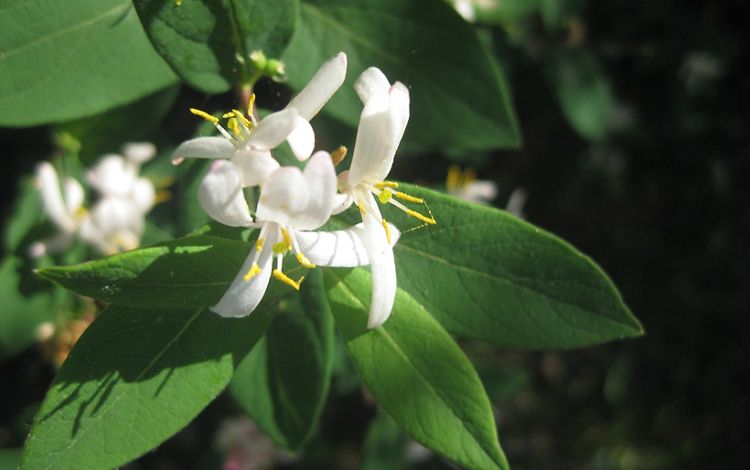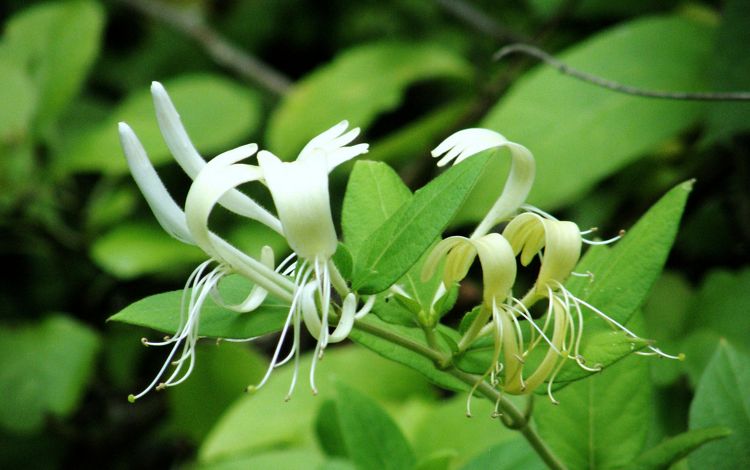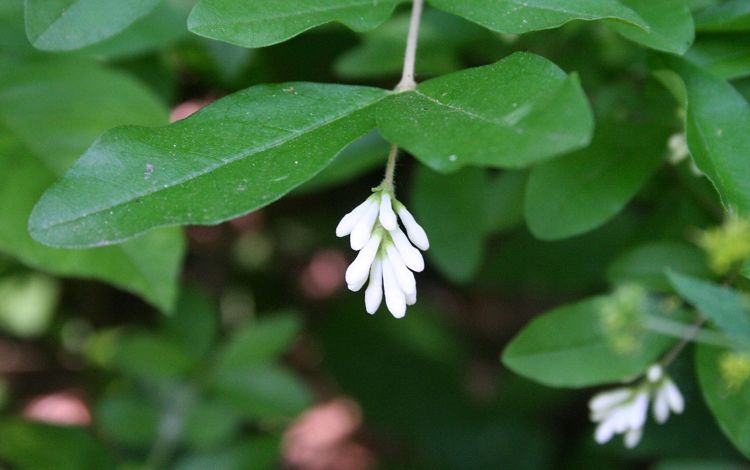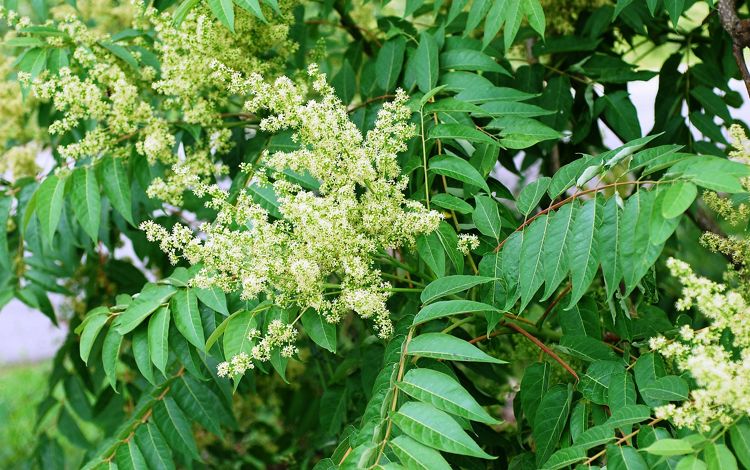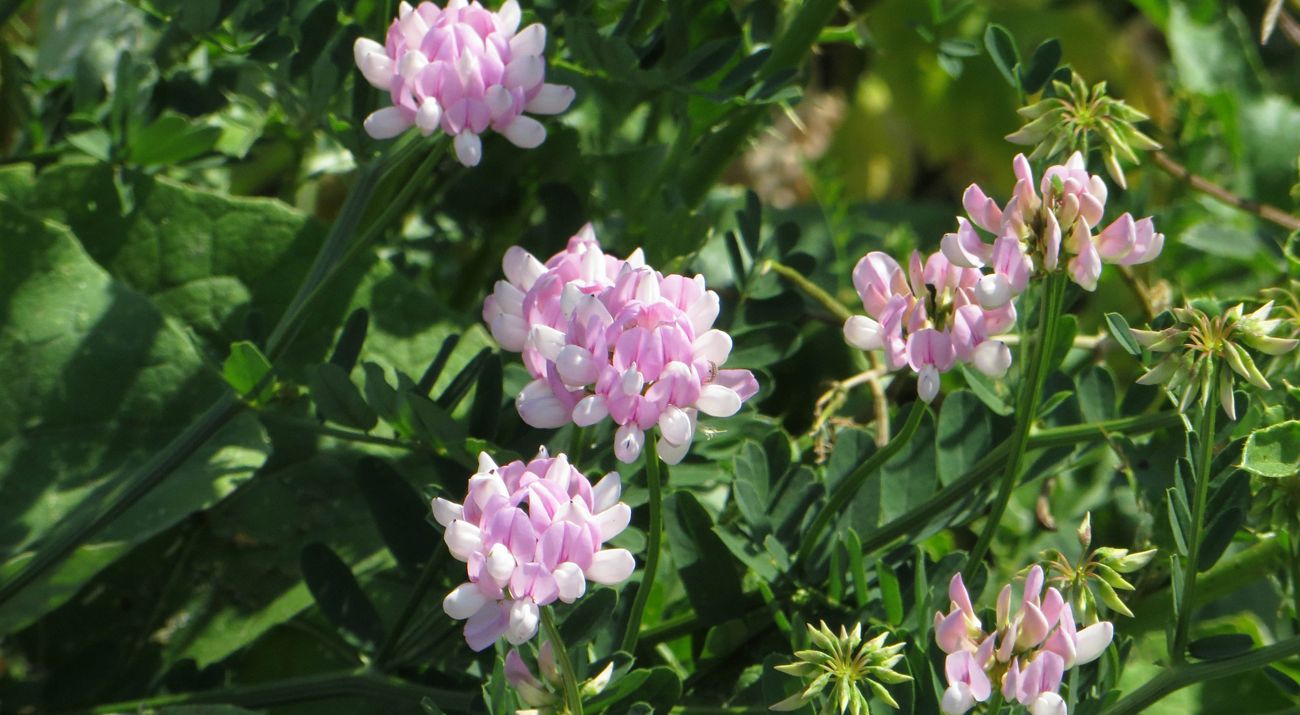Like playground bullies who clear an area with their rough-and-tumble approach, invasive species—plant, animal, insect or pathogen—spread aggressively outside of their natural range to disrupt the balance of the world around them.
In nature, these typically fast-growing resource hogs can cause devastating consequences. For example, in the case of plants, invasive species can even change soil chemistry, light availability and fire frequency, making it harder for natives to maintain a foothold.
How to Control Invasive Species in Kentucky
The Nature Conservancy understands how detrimental invasive species can be to native species, local economies and conservation efforts. That is why controlling invasive species is a priority in Kentucky, where our staff addresses the threat in several ways:
- Monitoring nature preserves for early detection and prevention.
- Eradicating invasive species from an area when there is an infestation.
- Restoring native habitat to its original state, if needed.
In most cases, the process of removing invasive species and restoring native habitat can take years and is successful only with regular monitoring in place.
The Nature Conservancy's stewardship work on its preserves in Kentucky includes treatment for several invasive plants such as bush honeysuckle, vine honeysuckle, tree of heaven, and Chinese privet. In addition to these treatments, the Conservancy has planted shrubs and small trees to allow native species to compete with and eventually outcompete invasive plants. Native shrubs and grasses such as dogwood, redbud, blackhaw, and Virginia wildrye are example species used for restoration.
.jpg?crop=208%2C0%2C2086%2C1565&wid=400&hei=300&scl=5.216666666666667)
Success Story: Controlling Hemlock Wooly Adelgid
In Kentucky, TNC leads the way in combating an invasive pest threatening large stands of Eastern hemlocks which shade mountain streams and support salamanders, birds, mammals, aquatic insects and fish. At the Bad Branch Nature Preserve, TNC has treated thousands of trees for hemlock wooly adelgid, an insect native to Asia that threatens hemlock forests throughout eastern North America. This work, which covers 250 acres, represents the largest project of its type in Kentucky and goes farther than similar efforts around the nation.
Common Invasive Species in Kentucky
